6. Rumble Fish (1983)
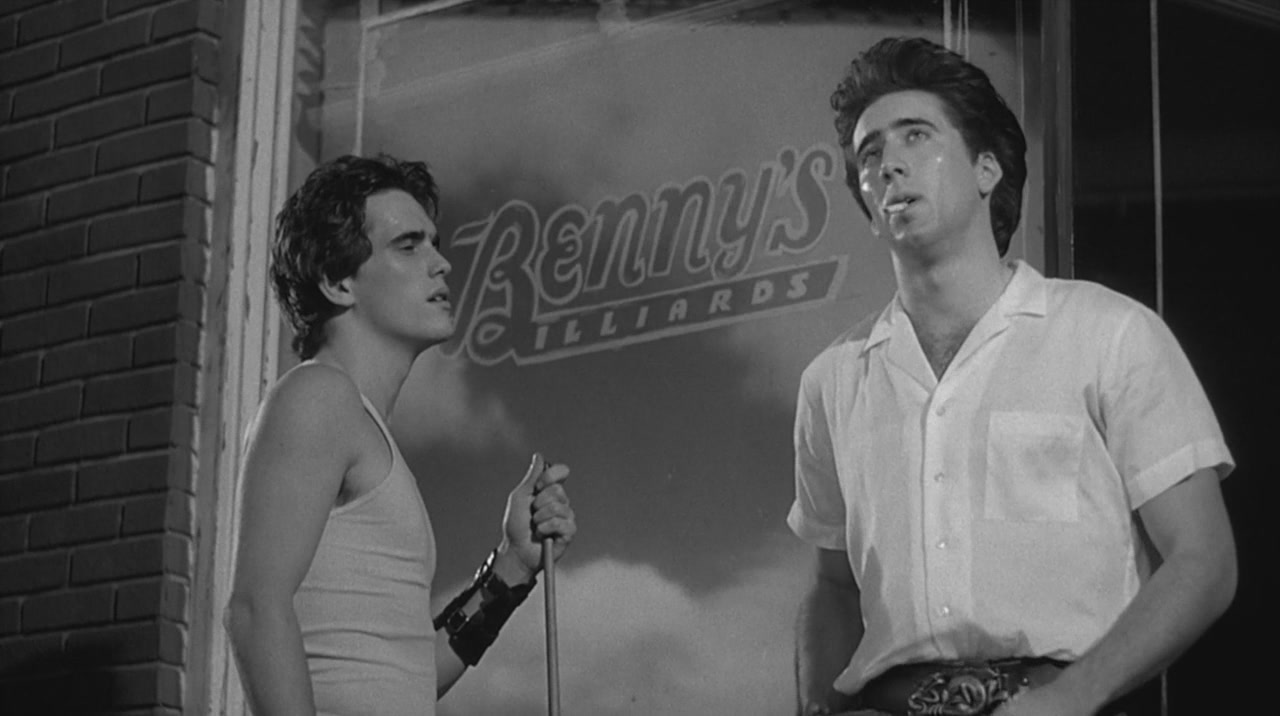
Francis Ford Coppola made some fabulous films during the 1980s. Coming after his glorious output in the 1970s (The Godfather Parts I and II, The Conversation and Apocalypse Now being an arguably unmatched run), it is understandable that some film fans may view his work of the 80s as slightly underwhelming. There are, however, some true gems. Rumble Fish is one of the strongest highlights from the decade of the blockbuster, though it has to be said the movie itself has nothing in common with the bigger, more popular hits of the 1980s.
Shot in black and white, Rumble Fish might just be Coppola’s moodiest film. The main characters are Mickey Rourke’s Motorcycle Boy, an ex gang leader who wants to get on the straight and narrow, and his younger brother Rusty (Matt Dillon), a thug without much decency and an aspiration to become a feared criminal. Among the fine supporting cast is Dennis Hopper, who puts in a suitably sleazy effort as their boozy father. Coppola made the film independently under his own company name, American Zoetrope, and it was distributed by Universal.
After monstrous successes and stressful times with the likes of Apocalypse Now, Coppola had down sized his operation. Yet to become the wealthy wine tycoon he is today, Coppola wanted to make small, personal movies about real people. Visually, it’s one of his most beautiful films, with a European look and stunning cinematography by Stephen H. Burum. The performances are fantastic too, especially by Dillon and Rourke (the latter a master of minimalism), who subtly weave their early magic here. In many ways though, this is Coppola’s show completely, the actors merely puppets in this dark, macabre, atmospheric setting.
7. New York Stories (1989)
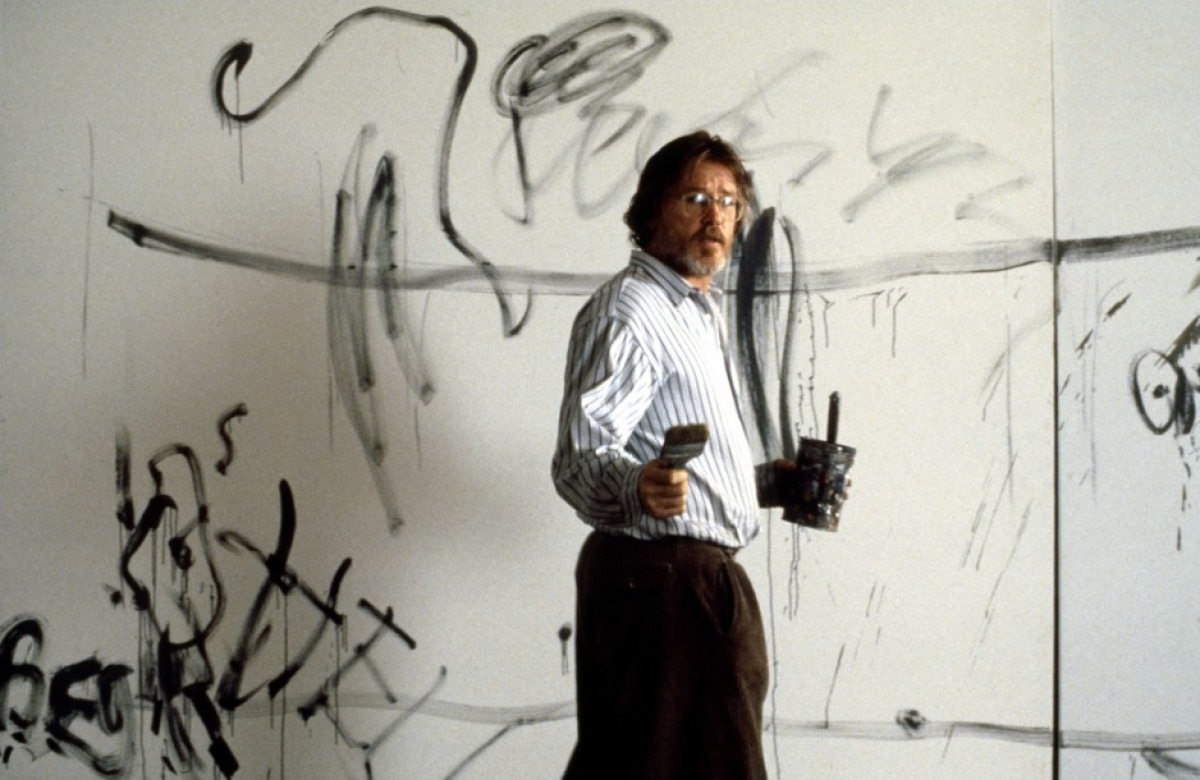
A film in three segments, 1989’s New York Stories brings together a trio of legendary directors. With Martin Scorsese, Francis Ford Coppola and Woody Allen being the names on board, it’s clear we are talking about three of the greatest American filmmakers of the past fifty years.
Scorsese’s segment is first, a riveting tale called Life Lessons with Nick Nolte as a fiery painter; the second is a fable of family and loyalty, Life Without Zoe, from Coppola; and the third is Woody’s 40 minute instalment, the brilliant Oedipus Wrecks.
Scorsese’s short is the ultimate statement about artistic expression, with Nolte embodying the tortured artist who’s his own worst enemy superbly. He gives a tremendous performance and Scorsese’s direction is imaginative and surprising throughout. Coppola’s entry is perhaps the weakest, but it’s a visual spectacle in every way. Coming at the back end, Woody’s film stars Woody himself as Sheldon, a New York lawyer constantly irritated by his judgemental mother Sadie (played by the brilliant Mae Questel), but whose life takes a turn for the better when she disappears, seemingly for good, during a botched magic trick by a performing magician. For the first time in his life, Sheldon is happy, content and confident, with every area of his life prospering greatly. However, the dream is over when one day he awakes to see his mother has reappeared, larger than ever, permanently fixed into the New York sky.
New York Stories is vivid, lively and colourful, and a complete feast for filmgoers. There are so many great actors in these three shorts, from Steve Buscemi to Julie Kavner, Rosanna Arquette to Debbie Harry, so many good performances all round, that the film is also a treat on an acting level. The three filmmakers are the real stars however, masters of their craft exploring themes that clearly mean a lot to them, executing their stories in a quirky and interesting way. It is a firm highlight of late 80s American cinema that, for some odd reason, rarely gets highlighted when the work of its three directors are being discussed. It’s about time this injustice was corrected.
8. New Year’s Day (1989)
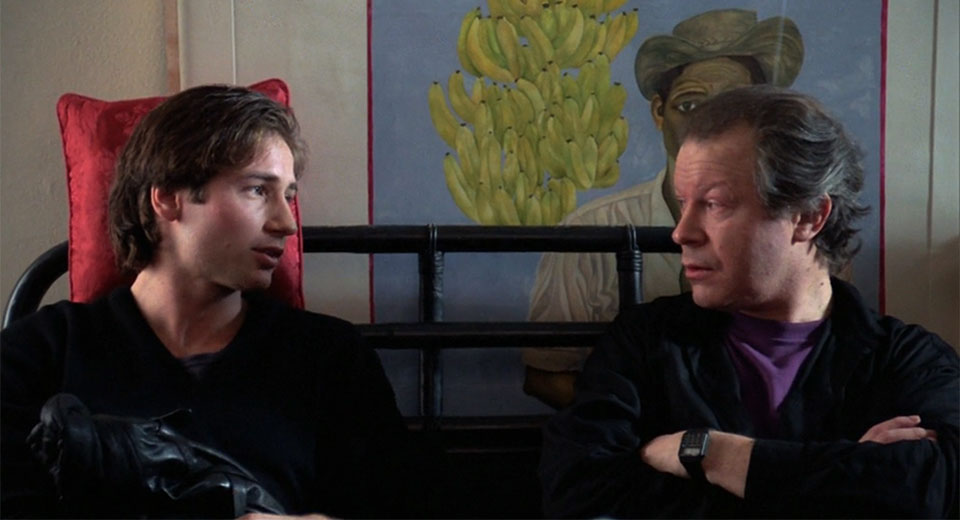
Henry Jaglom was the king of indie cinema in the 1980s, though few of his works are known to most average filmgoers these days. The great thing about Jaglom’s films (or one of them at least) is that we always instantly warm to the characters as soon as they appear on screen. In this case it’s Henry himself, speaking to camera, telling us how this remarkable New Year’s Day we are about to see came about. Jaglom stars as Drew, a man arriving at a New York apartment after taking an exhausting flight from Los Angeles. When he gets there however he sees that the girls who were sub-letting the apartment are still there.
There is some confusion about whether they were to be staying there “until” the 1st of January or “through” the 1st. Much too tired to fight over the matter, and unable to get a room at a hotel, the three girls invite him to stay the night. At first he is crotchety, wound up by his predicament and the horrid flight. Soon, however, he begins to open up as new guests arrive.
New Year’s Day would be a good way into Jaglom’s world for a newcomer, and is a great primer for Jaglom’s filmography. This is an appealing, strangely comforting film about real, everyday – but quietly remarkable – people, all of whom are seemingly very different from one another, but are more alike than they might have thought. In occupying the same space for one day, we and they learn of the bridges than can be formed between human beings in the most unlikely of places. A lost gem of a film that definitely needs a dust off.
9. Cat People (1982)
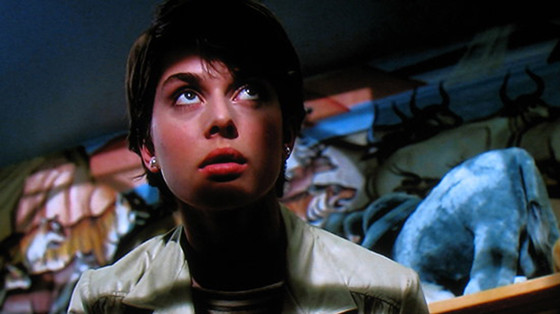
Paul Schrader’s remake of the 1942 cult classic is a sleazy affair with Nastassja Kinski cast as the young woman who finds her long lost brother Paul (Malcolm McDowell) after years of searching for her family. She soon discovers that, like her brother, she will transform into a panther when in the heat of passion.
If you can get over this initially ridiculous plot line then you will find Cat People a highly engaging horror flick. It has a certain sexy, yet creepy, erotic atmosphere to it, and is shot very stylishly. Schrader takes to the material and the results are suitably moody. His usual obsessions are here, the sort of voyeuristic infatuation his characters often have with sleaze, danger and the darkness of being on the outskirts of society, but more importantly it’s an effective horror movie with gore and chills aplenty.
Acting-wise, Cat People is a genuine treat. McDowell bursts in and out of the movie as panther and man, dominating each scene he appears in. This is one of his creepiest roles with an air of charisma and danger. Annette O Toole, as one of the zoo keepers where Kinski works, is brilliant too, as is John Heard as Kinski’s doomed love interest. Kinski herself, however, is the most effective of all, delivering a sensual, ethereal performance.
Cat People, despite the odd moment of exploitation, is a mature, if disturbing and unsettling, study of sexual tension, while it also muses on the fear of the loss of virginity. Very much an overlooked 80s horror flick, it definitely deserves more notice.
10. Drugstore Cowboy (1989)
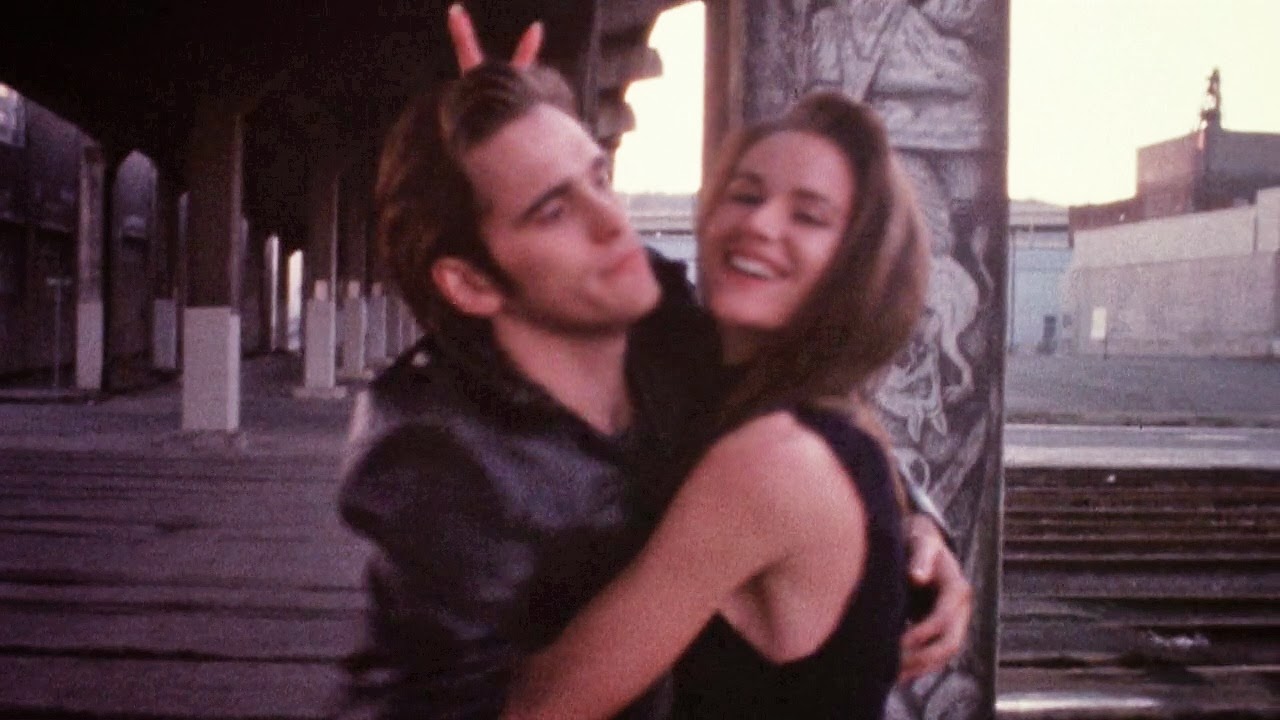
One of the most idolised and influential of the young American actors to have emerged in the so called Brat Pack era, even in the presence of other genuine greats, Matt Dillon always stood out and was different from the onset. He had attitude, angst, a definite edge that told you he wasn’t messing around. Yes, sometimes the bark was worse than the bite, the sneer and folded arms were the full extent of his threatening persona, but he made the anti-establishment outlook cool and appealing. This was, of course, only one side of the Matt Dillon prism. Like every great actor, whatever their era or age, he contains multitudes, some of which are surprising to even the most long standing of fans.
Though he was in numerous stand outs in the 1980s, from The Outsiders to Target, it was the film he made at the decade’s end that cemented him as an alternative icon. He was undeniably brilliant as degenerate dope fiend Bob Hughes in Drugstore Cowboy (1989), Gus Van Sant’s masterpiece adaptation of James Fogle’s autobiographical book. (It’s worth noting, however, that the book only saw release after Drugstore Cowboy was a hit.)
The movie itself is consistently entertaining, full of unexpected scenes and the darkest of dark humour. The performances are superb too. Dillon is extraordinary in the film, fearless in fact, as the ruthless leader of a gang of drugstore robbing addicts who find their habits leading them down some very dark and unexpected paths. It was in some ways a culmination of everything Dillon had done in the decade, a build up which paid off with one of the most remarkable film performances of the era.
A cult hit at the time, though only really a minor mainstream success, Drugstore Cowboy is getting buried in time as the years go by, and it might now be the ideal time for a reappraisal.